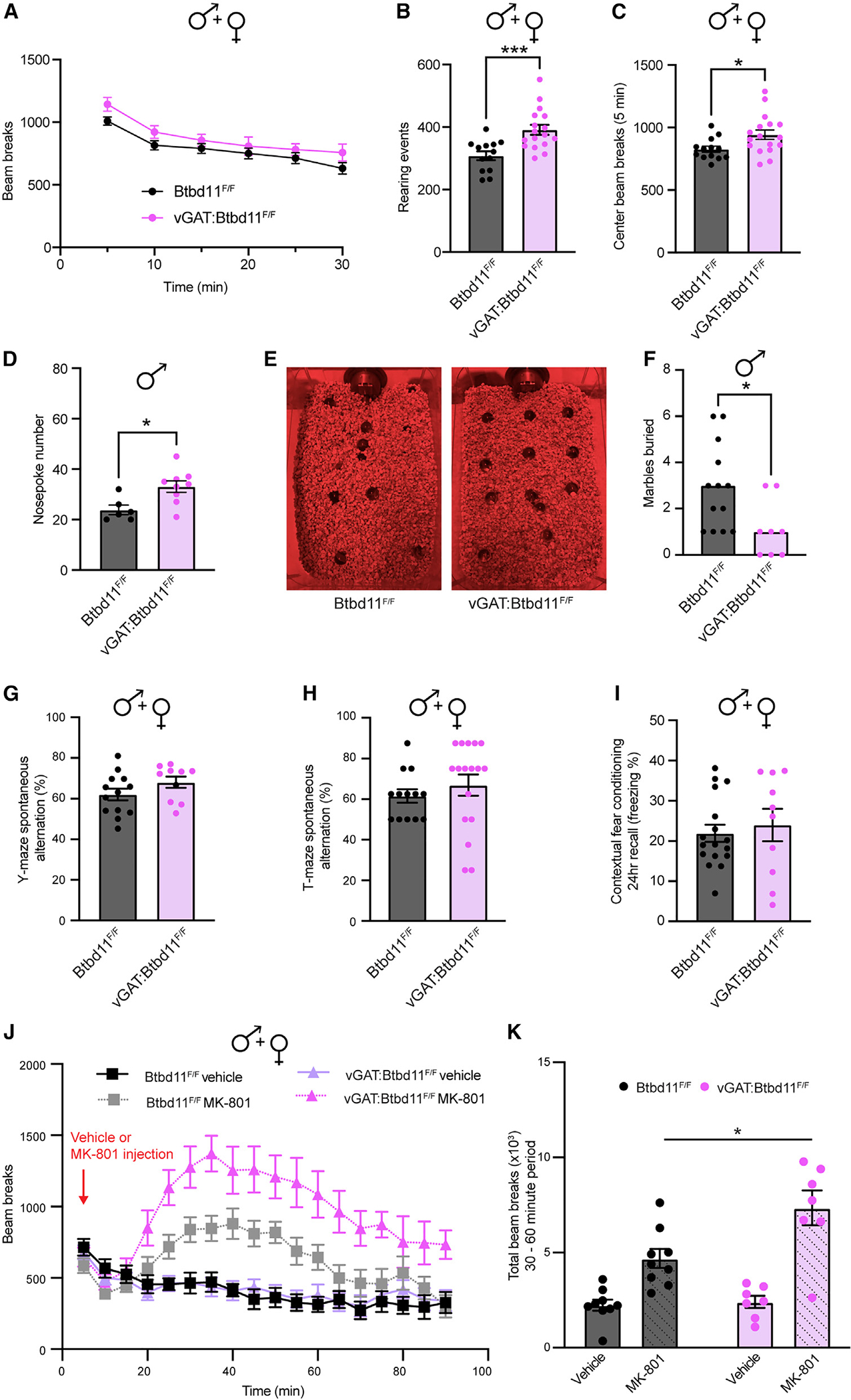Figure 7. Btbd11 KO mice display altered exploratory behavior, reduced anxiety, and sensitization to a NMDA receptor antagonist.

(A) Locomotor activity of male and female mice exploring a novel environment.
(B) Rearing events during 30 min of open field exploration in male and female animals. ***p < 0.001.
(C) Beam breaks in the center of the open field arena during the first 5 min of exploration in male and female animals. *p < 0.05.
(D) Number of nose pokes made by male animals.
(E) Representative photos showing the number of marbles buried by Btbd11F/F or vGAT:Btbd11F/F mice.
(F) Quantification of marble burying data. Bars indicate the median.
(G) Spontaneous alternation of male and female animals in a Y-maze test of short-term spatial memory.
(H) T-maze spontaneous alternation performance in male and female animals.
(I) Contextual fear conditioning recall data 24 h after conditioning. Freezing was used as a proxy for memory performance and compared between male and female animals.
(J) Locomotor activity of mice in an open field arena following injection with either saline or MK-801 (0.2 mg/kg).
(K) Quantification of the total infrared beam breaks in the 30–60 min period after injection. Unless specified, line or bars display mean, and error bars show SEM. Btbd11F/F animals displayed in black and vGAT:Btbd11F/F displayed in magenta throughout.
For further details, see Figure S7.
